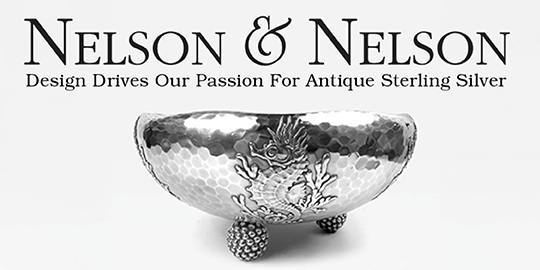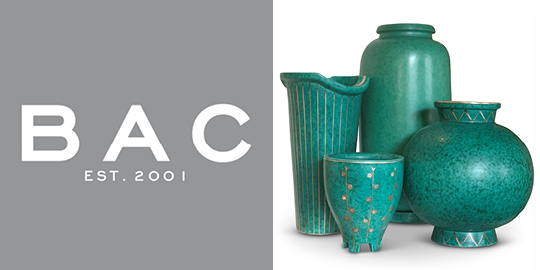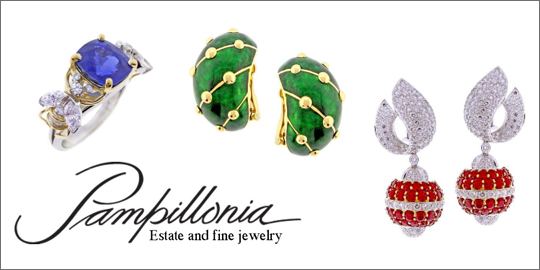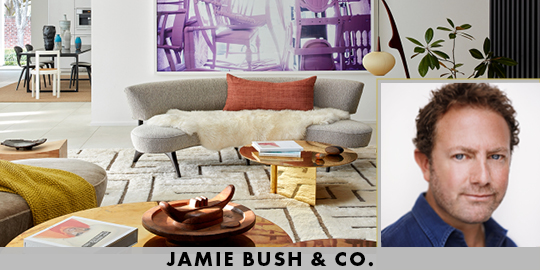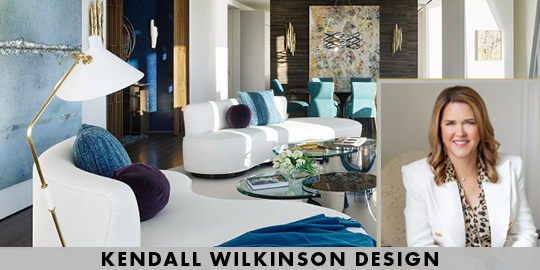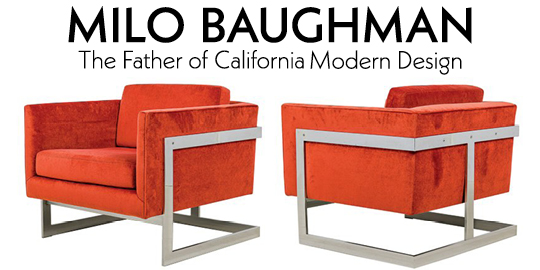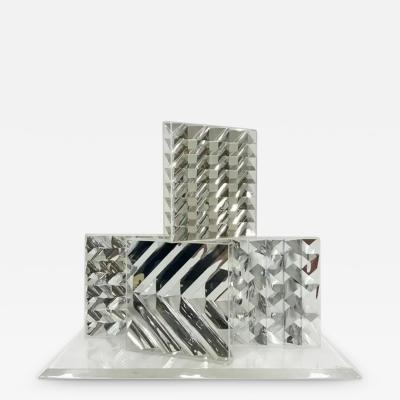- FINE ART
-
FURNITURE + LIGHTING
Shop By Category
Shop By Artist
- NEW + CUSTOM
- DECORATIVE ARTS
-
JEWELRY
Shop By Category
Shop By Artist
- INTERIORS
- MAGAZINE
Listing
Period
Medium
Location
- Clear All
Michael Michaeledes
American
The abstractions of Michaeledes maintain strong and significant relation to his time and place. Michaeledes, a practicing architect in London, was accorded respect among artists working with geometric vocabularies in England. Born in Cairo, Egypt in 1927 and educated in Cyprus and Italy, he absorbed the Mediterranean’s brilliant white light, keeping that fierce brilliance and clarity in his work even as he moved to England. The light embodied in Michaeledes’ (literally) lucid paintings and reliefs radiates from above and fills the visual field; he insisted on clarity and precision.
Michaeledes developed his work as a means of refining his response to Nature – his responses to concrete natural phenomena and equally to the “natural force” that courses through existence. However hypothetical that force might be, he felt it radiate from his observation of the world. In the late 1970s, he had focused that nature-driven impulse into a kind of shorthand, or at least elementality, that draws on and ultimately refines his understanding of Nature into pure form.
Michaeledes began as a rather genial Expressionist – or gestural Realist – rendering Nature as form and texture. His geometric formations differentiated themselves from the much more overtly rational structures of his contemporaries by their apparent – often self-evident – source in extra-compositional sensations. Since the 1960s, with an architect’s appreciation of articulated mass and captured light, Michaeledes created (and continues to create) any number of works – indeed, any number of series – dependent on the ineluctability of color and form, and even movement and transformation.
In particular, as noted by Mel Gooding, Michaeledes concerns himself with light. While his more recent white reliefs display an architect’s formal reasoning and a classicist’s appreciation for modeling and symmetric composition, Michaeledes’ work from the 1960s betrays a relatively raw, passion-driven use of and response to form and, especially, color, enlivening highly simplified structures with a vivid palette. In this respect, Michaeledes practiced the same kind of optically charged Proto-Minimalism as did English contemporaries of his, such as Bridget Riley and Peter Sedgley. Concurrent American equivalents can be found among Hard-Edge and Color-Field painters such as Frank Stella, Kenneth Noland, and Karl Benjamin.) The “light” in these paintings from a half-century ago can seem artificial in its flatness and brightness and the searing intensity of its colors; but it is light nonetheless. Michaeledes currently lives and works in London and Florence.
Michaeledes developed his work as a means of refining his response to Nature – his responses to concrete natural phenomena and equally to the “natural force” that courses through existence. However hypothetical that force might be, he felt it radiate from his observation of the world. In the late 1970s, he had focused that nature-driven impulse into a kind of shorthand, or at least elementality, that draws on and ultimately refines his understanding of Nature into pure form.
Michaeledes began as a rather genial Expressionist – or gestural Realist – rendering Nature as form and texture. His geometric formations differentiated themselves from the much more overtly rational structures of his contemporaries by their apparent – often self-evident – source in extra-compositional sensations. Since the 1960s, with an architect’s appreciation of articulated mass and captured light, Michaeledes created (and continues to create) any number of works – indeed, any number of series – dependent on the ineluctability of color and form, and even movement and transformation.
In particular, as noted by Mel Gooding, Michaeledes concerns himself with light. While his more recent white reliefs display an architect’s formal reasoning and a classicist’s appreciation for modeling and symmetric composition, Michaeledes’ work from the 1960s betrays a relatively raw, passion-driven use of and response to form and, especially, color, enlivening highly simplified structures with a vivid palette. In this respect, Michaeledes practiced the same kind of optically charged Proto-Minimalism as did English contemporaries of his, such as Bridget Riley and Peter Sedgley. Concurrent American equivalents can be found among Hard-Edge and Color-Field painters such as Frank Stella, Kenneth Noland, and Karl Benjamin.) The “light” in these paintings from a half-century ago can seem artificial in its flatness and brightness and the searing intensity of its colors; but it is light nonetheless. Michaeledes currently lives and works in London and Florence.
Michael Michaeledes
Large Abstract Vintage Lucite Acrylic Mirror Sculpture by Michael Michaeledes
H 25 in W 31 in D 15 in
$ 2,400
